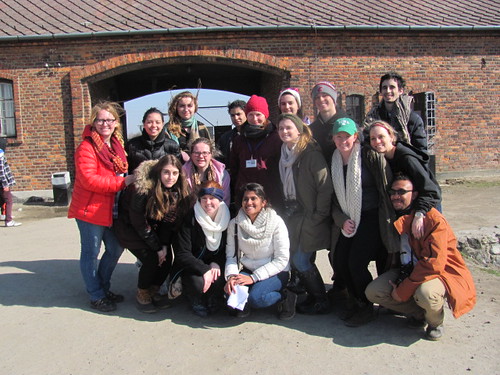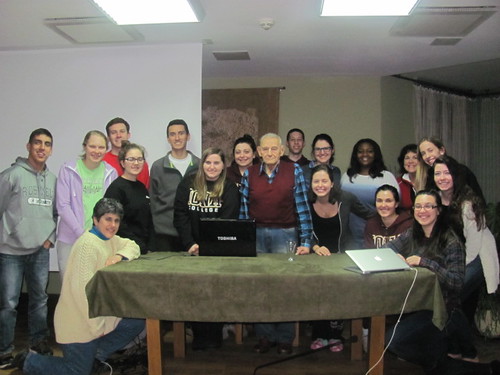Friday March 15, 2013
I journeyed through the
remains of Hell,
Passed a gate that read Arbeit Macht Frei.
This place is called
Auschwitz,
A realm separate from the
world with a broken ground,
Here lies a rupture in
humanity.
All alone in the remains
of Hell,
I was not in danger.
All that is left are human
ashes, crumbling chambers, and a deafening silence.
Without my rosary I could
not pray,
I felt a presence of absence and an absence of
presence.
I did not feel God’s presence.
But I heard a voice echo
through the birch trees,
“You must finish this
journey and witness what was done,
I am not here because it
is a sad place for a creator to be dwelling.”
I took a deep breath,
And walked the railroad
tracks without God to guide me.
To my left, I see the
remains of the gas chambers where they died.
Up above, the sky was
gray.
Even the sun was absent in
this place.
On the ground, I see the
ashes…. the ashes of my distant relatives of faith.
My soul writhed in pain.
I journeyed through the
remains of Hell,
Passed a gate that read
Arbeit Macht Frei.
And I lived to tell this tale.





























